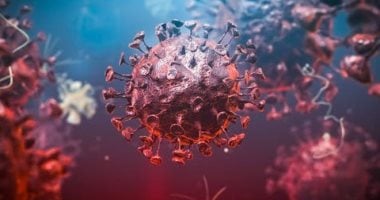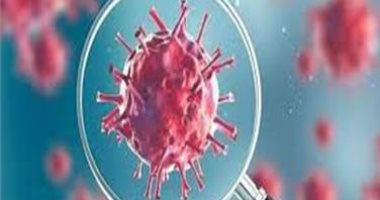Scientists have identified some weaknesses common to the three deadly coronaviruses SARS-CoV-2, SARS-CoV-1, and MERS-CoV, such as repeatedly hijacked cell pathways, which may lead to promising targets for inhibition of the emerging corona virus on a large scale.
According to a study by an international research team that includes scientists from the Institute of Biomedical Sciences at Georgia State University, during the past twenty years, the world faced three deadly corona viruses, SARS-CoV-2, -CoV-1 and MERS-CoV, where the virus caused – CoV-2SARS, the virus that causes the emerging coronavirus, has triggered a global pandemic that has already resulted in more than 37 million confirmed cases and more than a million deaths.
Identifying vulnerabilities with corona viruses-
The results of the study, published in the journal Science, identify factors common to corona viruses and highlight several common cellular processes and protein targets that should be considered targets for therapeutic interventions for current and future epidemics.
The results were achieved through collaboration between nearly 200 researchers from more than 14 pioneering institutions in 6 countries, and Dr. Christopher Päsler, professor and director of the Center for Microbial Pathogens at the Institute of Biomedical Sciences, led the effort in Georgia.
Previous studies have identified more than 300 host cell proteins that can interact with SARS-CoV-2 proteins. In this study, each of these subjects was examined for their ability to alter how well the virus grew.

“The efforts have identified at least 20 proteins that significantly alter the amount of virus produced by infected cells.” These proteins represent potential targets for a therapeutic intervention, for example if a cellular protein is required for the effective growth of the virus, then a drug that inhibits the protein should slow the infection.
The multidisciplinary global study also analyzed the medical records of about 740,000 affected patients SARSCoV-2 to identify approved therapies with the potential for rapidly spreading COVID-19 treatments.
– .


